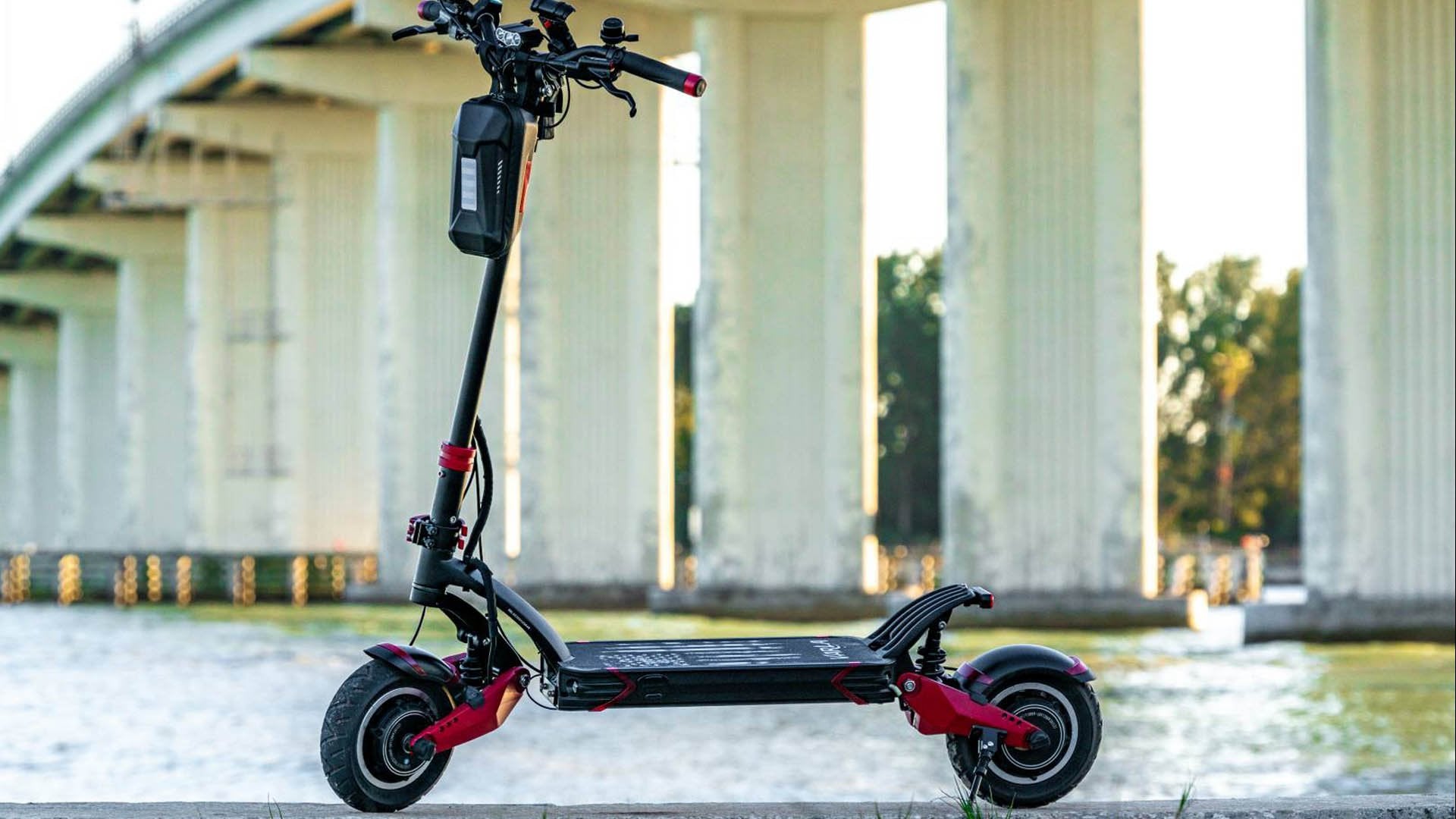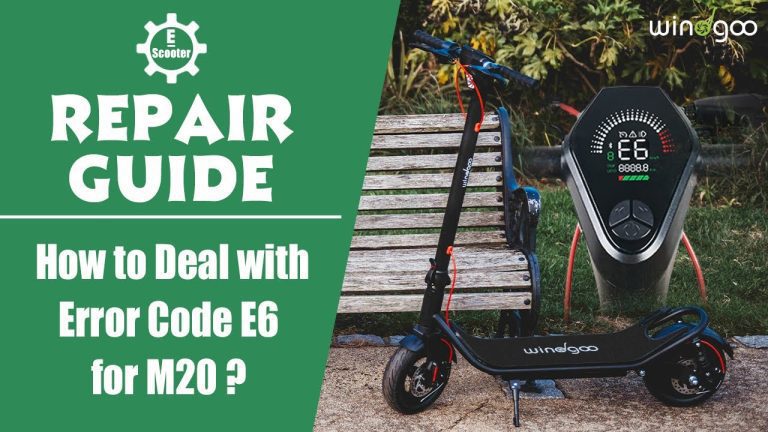How to Fix Electric Scooter Not Charging: Quick Solutions!

To fix an electric scooter not charging, first check the charger and connections. If these are fine, inspect the battery.
Electric scooters are popular for their convenience and eco-friendliness. Sometimes, they face charging issues, which can be frustrating. Understanding the common causes can help you troubleshoot effectively. Faulty chargers, loose connections, and battery issues are typical culprits. Regular maintenance and timely checks can prevent most charging problems.
This guide will help you identify and fix common issues, ensuring your scooter stays in top condition. By following simple troubleshooting steps, you can often resolve these problems yourself without professional help. Keep your scooter running smoothly and enjoy a hassle-free ride.
Introduction To Electric Scooter Charging Issues
Electric scooters are fun and useful. But sometimes, they stop charging. Common symptoms of charging problems include the scooter not turning on. The battery indicator may not light up. Sometimes, the charging light on the charger stays off. These signs show there is a problem with the charging system.
Addressing charging issues promptly is important. If you ignore the problem, it can get worse. A damaged battery can be expensive to replace. Fixing the problem early can save money. Also, it keeps the scooter safe to ride. A well-charged scooter lasts longer and performs better.

Credit: old.varlascooter.com
Safety First: Precautions Before Troubleshooting
Always turn off the scooter first. Unplug the charger from the wall. Disconnect the charging cable from the scooter. Make sure your hands are dry. Keep the charger away from water. Store it in a safe place.
Wear gloves to protect your hands. Use goggles to shield your eyes. Put on a helmet for head safety. Knee pads can protect your knees. Wear closed-toe shoes for foot protection. Always wear a long-sleeved shirt.
Initial Checks: Simple Solutions You Might Overlook
First, check if the power outlet is working. Plug in another device to test it. Ensure the electric scooter’s charger is firmly plugged into the outlet. Sometimes, the charger itself may be faulty. Try using another charger if available. Make sure the charger matches your scooter’s specifications.
Inspect the charging port on your scooter. Look for any dust or debris blocking the connection. Clean it gently with a soft brush if needed. Ensure the charger plug fits snugly into the charging port. A loose connection can prevent charging. Also, check for any visible damage or wear on the charger cable. Replace the cable if it looks damaged.
Battery Inspection: Identifying The Culprit
Check for any visible damage on the battery. Look for cracks, bulges, or leaks. A damaged battery can cause charging issues. Make sure the battery is properly connected. Loose wires can stop the battery from charging. Clean any corrosion on the battery terminals. Use a brush to remove any rust.
Use a multimeter to test the battery voltage. Set the multimeter to the correct voltage range. Connect the red probe to the battery’s positive terminal. Connect the black probe to the negative terminal. Check the reading on the multimeter. A healthy battery should show a reading near its rated voltage. A low reading means the battery might be faulty.
Charger Examination: Is Your Charger Faulty?
Check the charger for visible damage. Look for frayed wires or burn marks. Broken parts can stop the charger from working. Make sure the charger plug is not bent. A bent plug can cause charging issues. Ensure the charger port on the scooter is clean. Dirt can block the connection.
Use a multimeter to test the charger. Set the multimeter to DC voltage. Plug the charger into the wall. Connect the multimeter probes to the charger’s output. Read the voltage on the multimeter screen. Compare it to the charger’s specified voltage. If the voltage is too low, the charger is faulty. Replace the charger if needed.

Credit: varlascooter.com
Connectors And Ports: A Potential Source Of Trouble
Dirt and grime can block charging ports. Use a small brush to clean the port. A can of compressed air also works well. Avoid using water or wet cloths. Moisture can damage the port. Always make sure the port is dry before connecting the charger.
Loose connectors can stop the scooter from charging. Check both the charger and scooter connectors. Ensure they fit snugly. Wiggle them gently to test. Loose connectors may need replacement. Always use connectors that match the scooter model.
Circuitry And Control Board: Advanced Diagnostics
First, turn off the scooter. Remove the control board cover. Look closely at all components. Check for burnt or damaged parts. Use a flashlight if needed. Burnt parts often look black or brown. Damaged parts might be cracked or melted. Note any issues you find. Use a magnifying glass for a better view. Compare components with a reference image. Missing or loose parts are also a problem. Reconnect any loose wires carefully. If unsure, take a picture before fixing. Always be gentle to avoid more damage. Reassemble the scooter once done.
Professional Help: When To Seek Expert Assistance
Facing issues with your electric scooter not charging? Seek professional help to diagnose battery problems, faulty chargers, or wiring issues promptly. Expert assistance ensures your scooter gets back on the road safely and efficiently.
Complex Electrical Issues
Electric scooters have many wires and parts. Complex electrical issues can be hard to fix at home. Experts know how to handle these problems safely. They have the right tools and knowledge. Trying to fix these issues yourself can be dangerous. You might make the problem worse. It’s best to leave these tasks to professionals.
Benefits Of Professional Repair Services
Professional repair services offer many benefits. They can quickly find and fix the problem. This saves you time and hassle. Experts also use quality parts for repairs. This ensures your scooter works well for a long time. Professionals often provide a warranty for their work. This gives you peace of mind. You know your scooter is in good hands.
Preventive Measures: Avoid Future Charging Issues
Clean the scooter regularly. Check for any loose wires. Inspect the battery for any signs of damage. Tighten all screws and bolts to ensure safety.
Charge the battery after every ride. Avoid overcharging by unplugging once full. Store the scooter in a cool, dry place. Do not let the battery run completely flat. Use the charger provided by the manufacturer.
Conclusion: Ensuring A Smooth Ride
Efficient troubleshooting ensures your electric scooter charges properly and stays reliable. Addressing common issues guarantees a smooth and enjoyable ride.
Recap Of Troubleshooting Steps
Check the charger for any damage. Make sure the outlet is working. Inspect the charging port on the scooter. Clean it if needed. Test the battery with a multimeter. Replace if it’s dead. Look at the wiring for loose connections. Fix if necessary. Reset the scooter by turning it off and on.
The Value Of Proactive Care
Keep the battery clean and dry. Charge it regularly to avoid deep discharges. Store the scooter in a cool, dry place. Check the wiring and connections often. Maintain your scooter for a smooth ride.

Credit: www.youtube.com
Conclusion
Fixing an electric scooter that won’t charge can be straightforward. Check connections, inspect the charger, and examine the battery. Regular maintenance can prevent future issues. Remember to consult the user manual for specific guidance. With these steps, you’ll get your scooter back on the road quickly.


